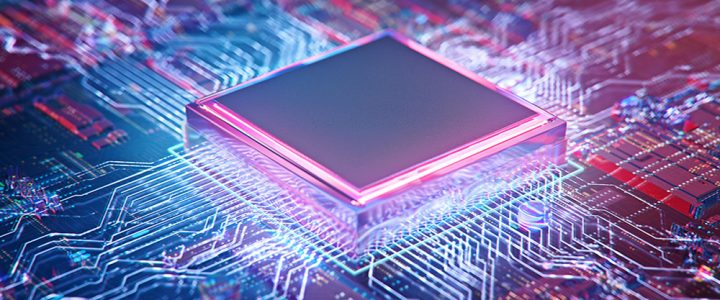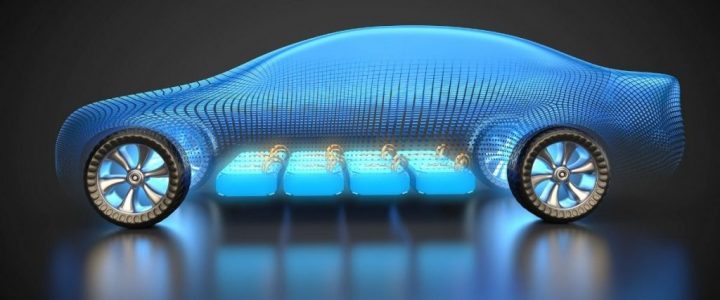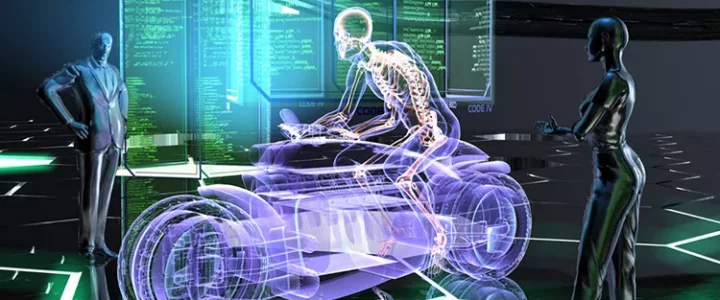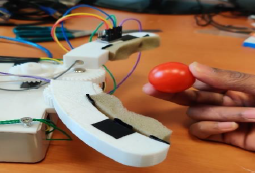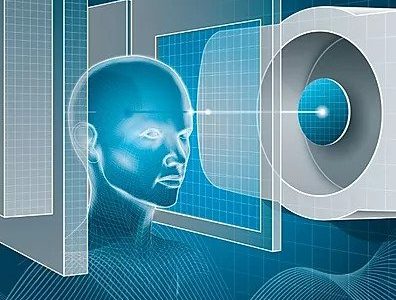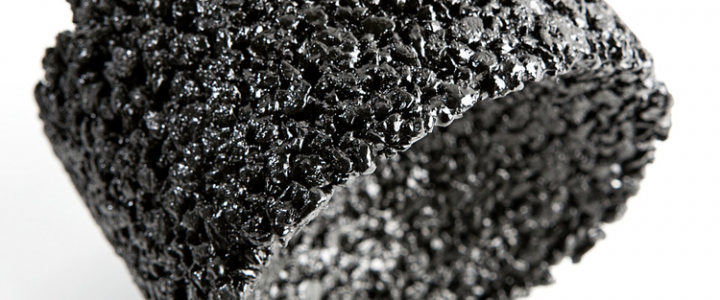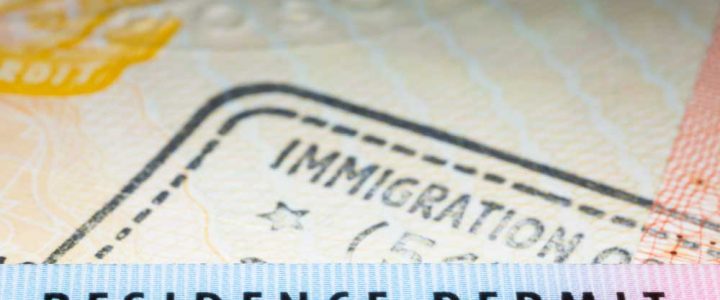| 1 YEAR | II semester | 6 CFU |
| Antonio Agresti (3cfu)
Francesca De Rossi (3cfu) |
A.Y. 2021-22 |
| Antonio Agresti (3cfu)
Fabio Matteocci (3cfu) |
A.Y. 2022-23
A.Y. 2023-24 |
| Antonio Agresti | A.Y. 2024-25 |
| Code: SSD: ING-INF/01 |
LEARNING OBJECTIVES AND EXPECTED LEARNING OUTCOMES:
LEARNING OUTCOMES:
The first part of the Nanotechnology course introduces thin film depositions using both physical and chemical vapour depositions. The main objective is the knowledge of the potential and limits of the different thin film depositions in the nanotechnology field. Particular attention is destinated to the deposition technique used in micro and nanoelectronics based on semiconductors using top-down and bottom-up approaches. The interaction of both approaches has been discussed with the student in order to share the importance of multidisciplinary knowledge (physics, chemistry and engineering) where the nanotechnology field is based. The final part of module 1 is destinated to the introduction of the case study of the course about the thin film fabrication of an emergent photovoltaic technology: the perovskite solar cells. In particular, the study of the optoelectronic properties of the materials and the fabrication of several device architectures is important to understand the important role of the manufacturing design in thin film photovoltaic technologies destinated at the industrial level.
KNOWLEDGE AND UNDERSTANDING:
Regarding the first module, at the end of the course, the student will have a clear overview of the main deposition technique studied and applied in nanotechnology for different application fields.
Regarding the second module, at the end of the course, the student will know the main characterization techniques for nanostructured materials and electronic and optoelectronic devices till nanometric size.
APPLYING KNOWLEDGE AND UNDERSTANDING:
The student will be able to recognize the applicability areas for the various characterization and realization techniques at nanometric scales. She/He will also be able to apply the knowledge and understanding developed during the course to study and understand recent literature.
MAKING JUDGEMENTS:
The transversal preparation provided by the course implies
1) the student’s capability to integrate knowledge and manage complexity
2) the student’s ability to deal with new and emerging areas in nanotechnology application to energy and nanoelectronics.
COMMUNICATION SKILLS:
The student will be able to clearly and unequivocally communicate the course content to specialized interlocutors. He will also be able to communicate the main physico-chemical characteristics of nanostructured materials and to indicate the most appropriate deposition/processing technique of these materials to technical interlocutors (example: other engineers, physicists, chemists) but not specialists in the field of electronics or devices. The student will also have a sufficient background to undertake a thesis/research work in modern nanotechnology laboratories.
LEARNING SKILLS:
The structure of the course contents, characterized by various topics apparently separated but connected by an interdisciplinary and modular vision, will contribute to developing a systemic learning capacity that will allow the student to approach in a self-directed or autonomous way to other frontier problems on nanotechnology application to energy and nanoelectronics. Furthermore, the student will be able to read and understand recent scientific literature.
SYLLABUS
First Module: 1 Prof. Antonio Agresti (3 cfu)
1) Quantum Mechanics and p-n junction
2 )Solar Cells: main electrical characterization techniques
3) Absorbance and Fluorescence Spectroscopy
4) Electron scanning microscopy (SEM)
5) Electron transmission microscopy (TEM)
6) Scanning tunneling microscopy (STM)
7) Atomic force microscopy (AFM)
8) Kelvin Probe Microscopy (KPFM)
9) Raman spectroscopy
10) Bi-Dimensional Materials
Second module – Prof. Fabio Matteocci (3cfu)
1) Introduction to nanotechnology and thin film properties;
2) Thin Film Deposition: the importance of vacuum and plasma;
3) Thermal Evaporation: Working mechanism, material properties, deposition parameters and applications;
4) DC and RF Sputtering: Working mechanism, material properties, deposition parameters and applications;
5) Pulsed Laser Deposition: Working mechanism, material properties, deposition parameters and applications;
6) Chemical Vapour Deposition: Working mechanism, material properties, deposition parameters and applications;
7) Atomic Layer Deposition: Working mechanism, material properties, deposition parameters and applications;
8) Solution Processing: Spin coating, Screen Printing, Blade Coating, Slot die coating;
9) Patterning Procedures: Photolithography and Laser Ablation;
10) Introduction to Perovskite Solar Cell: Working mechanism, material properties, deposition techniques, up-scaling process and applications;
11) Building Integration Photovoltaics;



